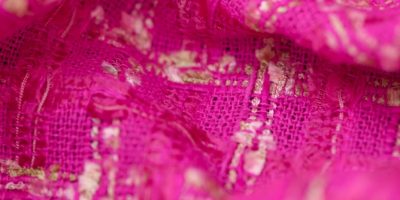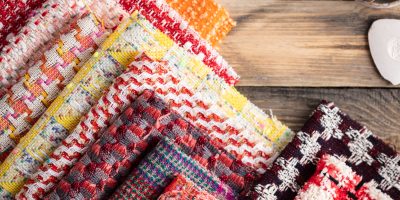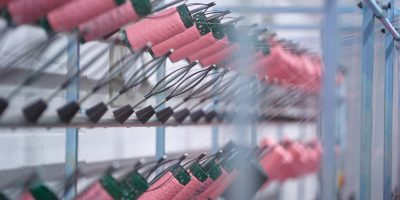Selecting the right weight for your tweed fabric weight is key, as it will impact the garment or accessory that you’re creating in terms of comfort, structure, and longevity. To help you to make sense of the different weights that you’ll see in our filter options, we’ve created this easy to follow guide. Our experts have given you some considerations, as well as outlining some practical examples - find out more and start planning your next tweed creation with Linton Tweeds.
Choosing the Right Tweed Fabric Weight for Jackets and Coats
Choosing the right fabric weight for your tweed project is key - especially when it comes to making your own outerwear pieces. To help you to make sense of the different weights that you’ll see in our filter options, we’ve created this easy to follow guide.
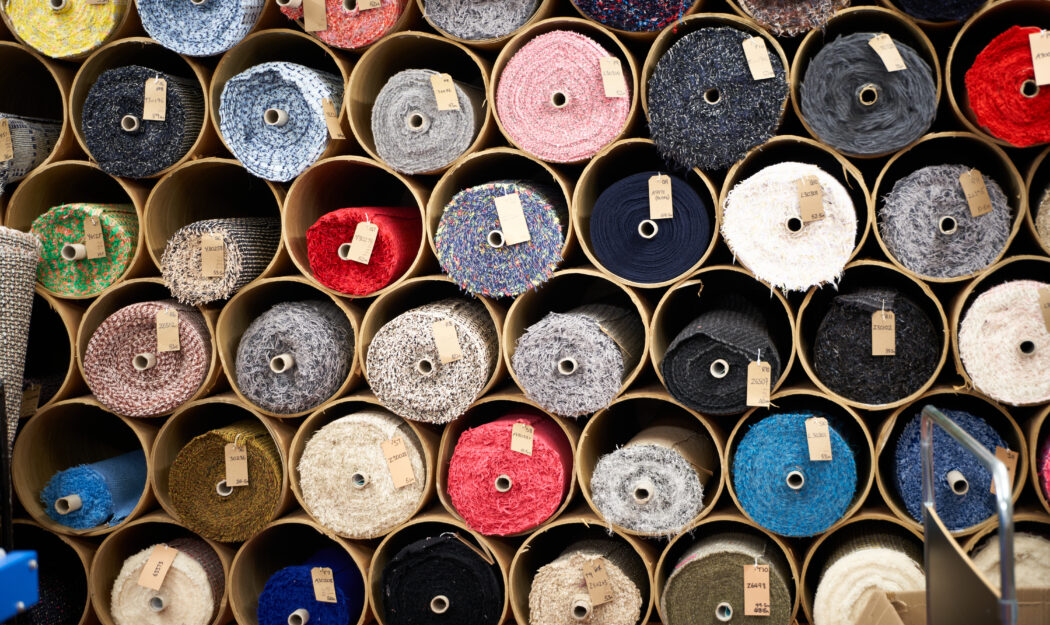
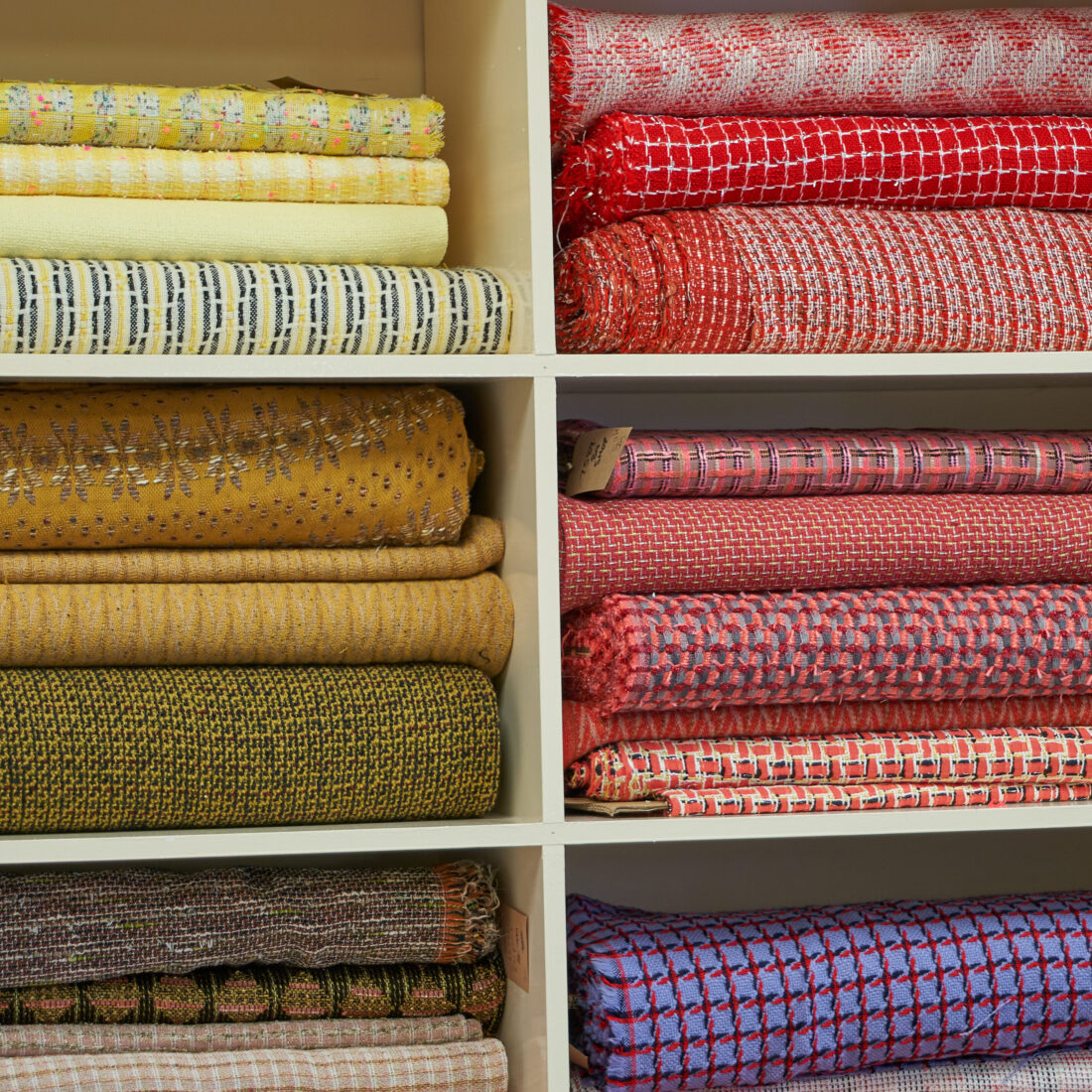
1. Country climate
Your location and climate should guide your fabric choice, as it’ll determine how much wear you’ll get out of your garment. There’s no point making a heavy tweed (400g+) coat if you live in a warm region, whereas lightweight tweeds (around 200–300g) are ideal for milder climates or transitional seasons. In summary:
Lightweight tweeds (200–300g) are ideal for milder climates, spring, or early autumn wear - think blazers or transitional jackets.
Medium-weight tweeds (300–400g) give you a balance between structure and comfort, best for everyday jackets and short coats.
Heavyweight tweeds (400g+) give you the most warmth and durability for cold-weather coats and outerwear - think heavy winter layers.
2. What’s the occasion?
Seasoned crafters will understand how important it is to think about how often and where they’ll wear the garment they are making. For everyday jackets that need to withstand day-to-day wear, it’s best to opt for a tighter structured weave such as plain weave, twill, or herringbone. For more formal or occasional pieces, an open weave tweed creates a more elegant appearance - especially when styled with accessories like trims, fringing, or braid for a stylish finish.
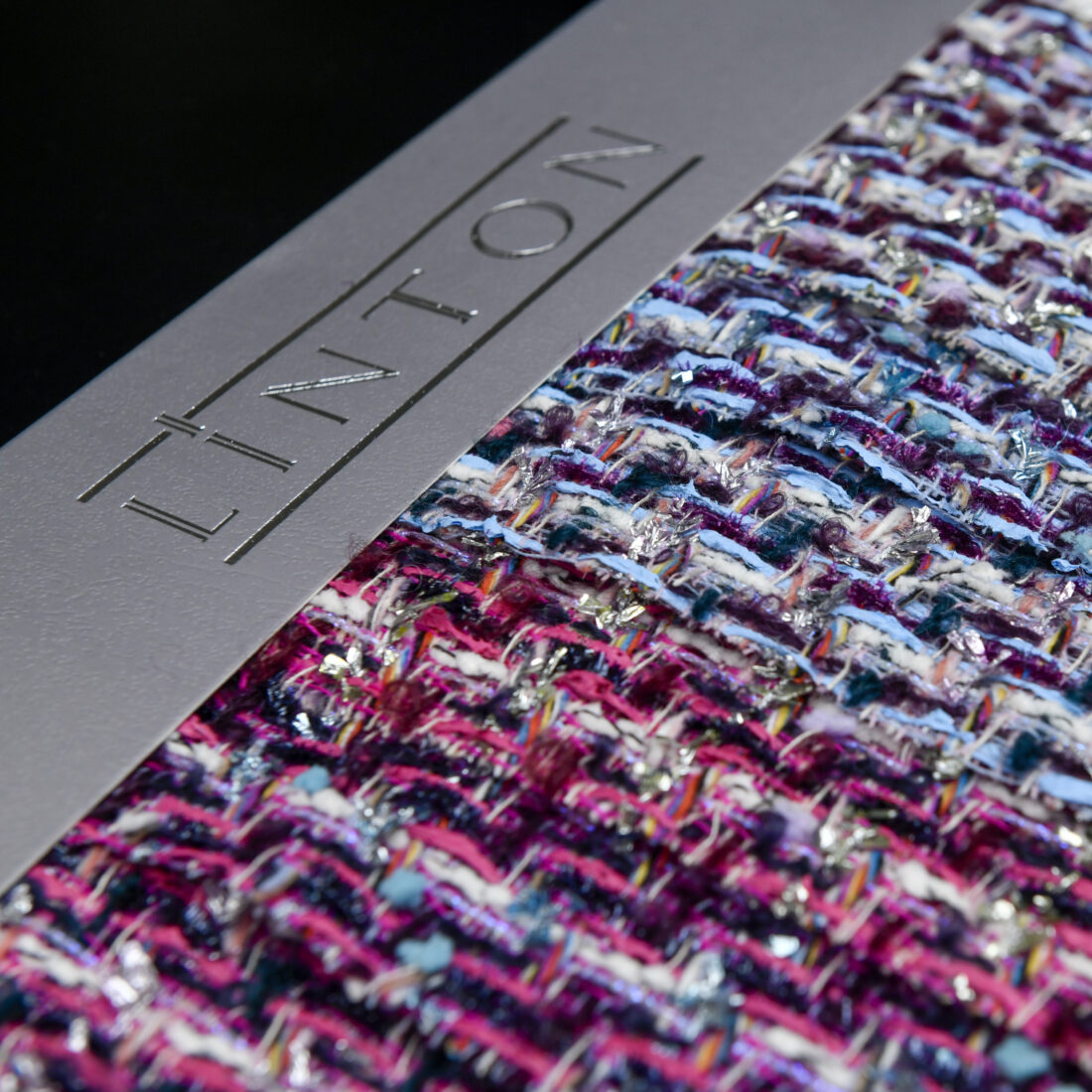
3. Colour and texture selection
Beyond weight, colour and texture are also going to impact your final result. Lighter shades are going to highlight texture and weave detail, but they may show wear sooner. Darker tweeds disguise marks and create a classic, timeless look, whereas textured bouclés have more visual depth and personal expression.
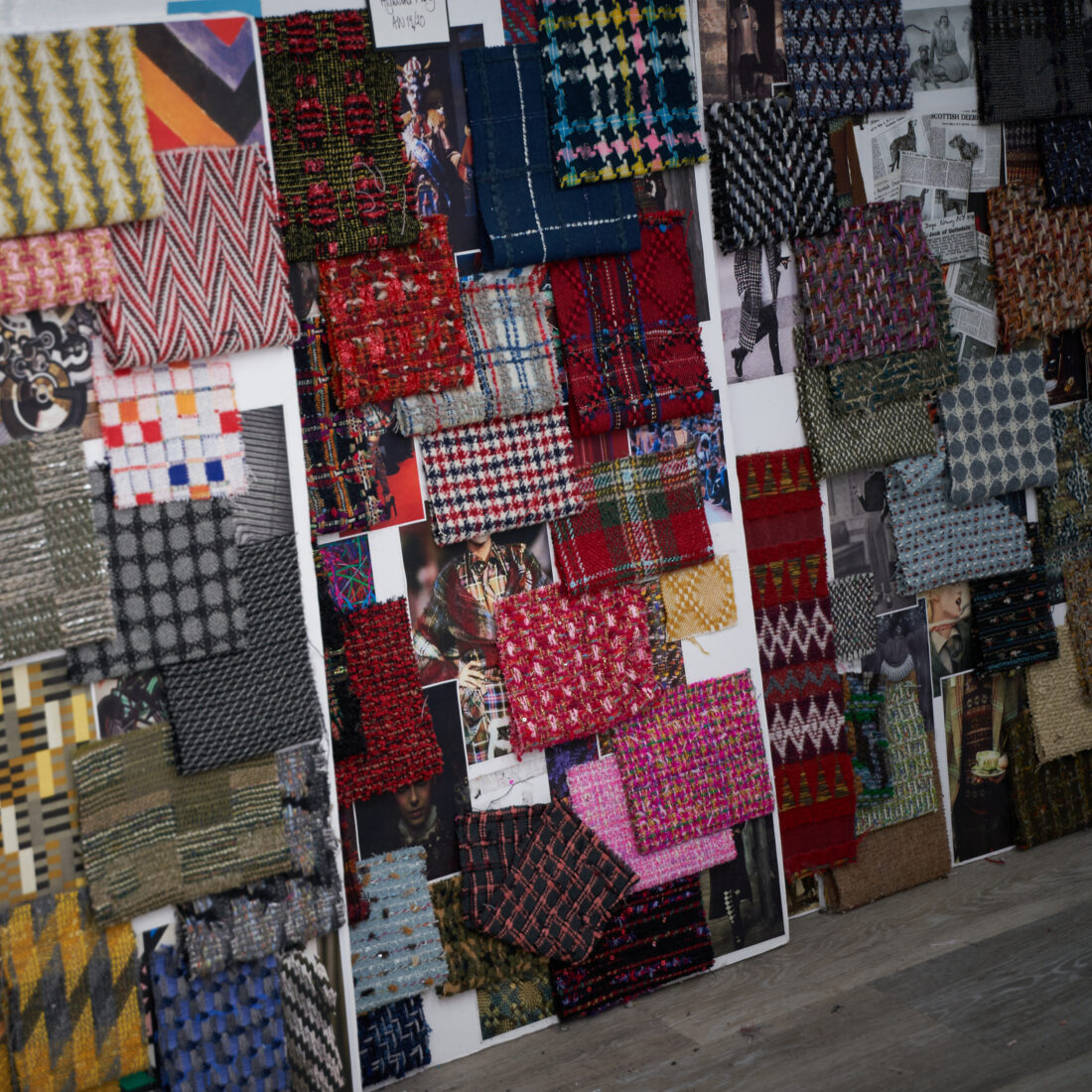
4. Tweed composition and type
The fibre content of your tweed will affect both the weight and the way the garment will feel when it’s being worn. A bouclé tweed with more than 80% wool will typically produce a substantial 450g or heavier fabric, ideal for structured jackets and coats. Mixed-fibre tweeds (think wool with viscose, cotton, or polyester) will give you an overall lighter weight, softer feel, and more flexibility. Fantasy yarns (think metallic tweed) will have texture and visual interest but may require some extra stabilisation during tailoring.
It’s best to handle and drape the fabric before cutting the pieces you’ll use; taking the time or ordering extra fabric for a quick test will give you an opportunity to see how it behaves on the body and whether it suits your pattern.
5. Lining preferences
Lining choice will determine the comfort and breathability of the garment you’re making. We have a range of 100% luxury silk linings, and they will give your pieces a high-quality appeal. Choosing one of our silk linings will also give you a breathable inner layer - and this is especially important when your tweed is dry clean only.

6. Construction and interfacing
The materials used in construction also add bulk and structure - known as interfacing. Lightweight woven fusible interfacing or weft insertion is ideal for jacket fronts, lapels, and waistbands. Choose a heavier woven interfacing on small areas such as cuffs, collars and waistbands or a fusible chest felt for structured coats, these will all help to reinforce the garment and help to maintain its shape over time.
7. Drape and fit
The drape of your chosen fabric will influence the finished silhouette of your garment, so it’s important to consider this. In relation to fabric weight, lighter tweeds create soft, fluid lines, so they’d be best for relaxed fit blazers and cropped style jackets. Heavier tweeds have more of a rigid woven structure, holding shape in more tailored designs like jackets and coats. If you’re in doubt, drape a sample over a dress form to visualise how it will behave once sewn.
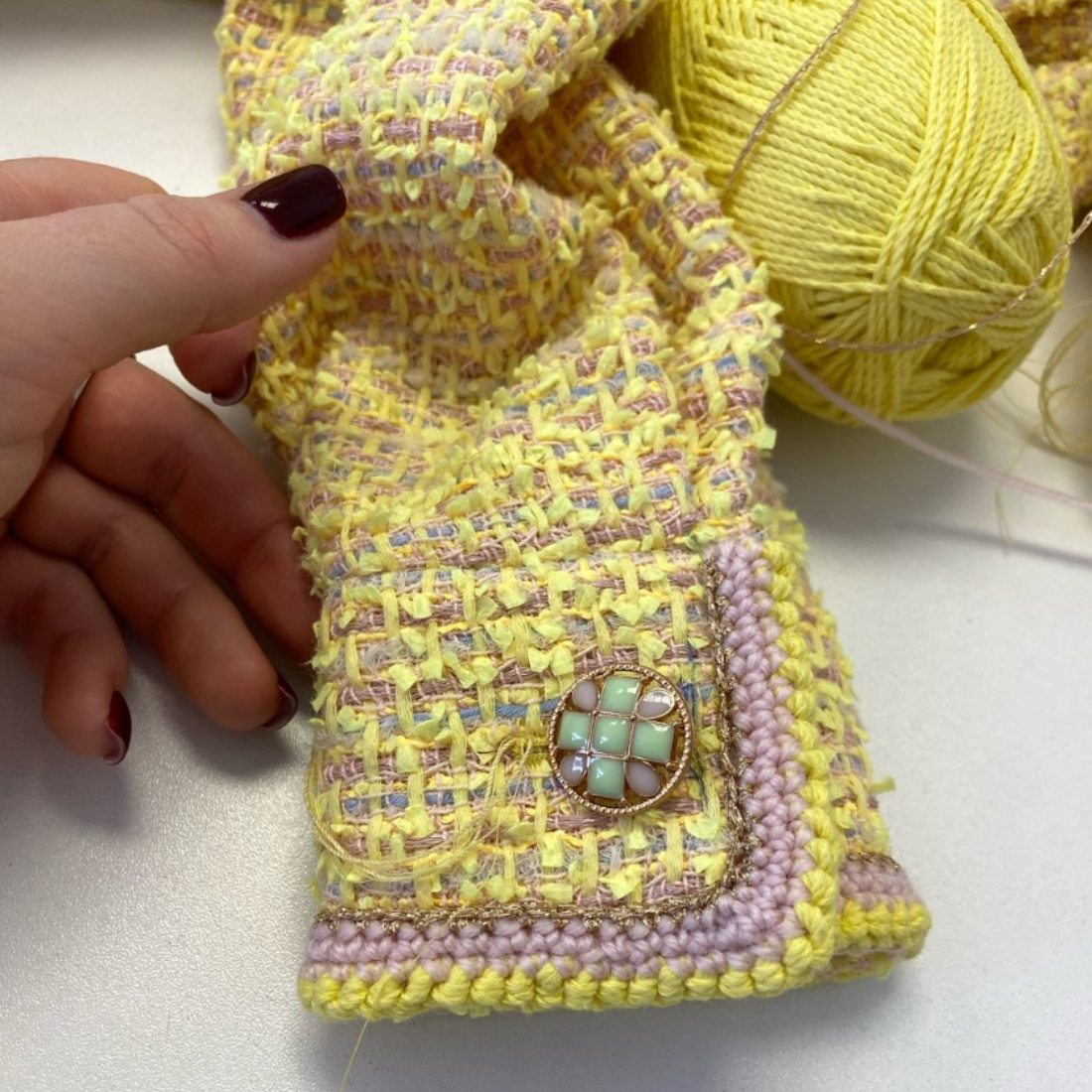
8. Styling and finishing touches
Finally, you’ll need to consider the details that complete your design - Pocket size, fringing or braided trim, hem chains, and buttons that you choose can all influence the overall weight and drape of your garment. These finishing touches will also add to the final look, and give your final piece lots of individuality.
9. Maintenance and care
We’ve touched on this already, but the care requirements for your garment are going to vary depending on wear. All of our tweeds are dry clean only, so choose linings and trimmings that can withstand these processes. Any boucle style weaves can be lightly steamed with a hand held steamer to lift any flattened areas.
Give your jacket space in your wardrobe on a large jacket shaped coat hanger and make time to air and refresh your jacket with a laundry spray between wears as this will help to maintain shape and freshness. Hopefully you will be wearing your new tweed on a regular basis but storing your garment in a moth deterrent storage bag is always advisable if your jacket composition has any percentage of wool base.
Create your own tweed jacket with Linton Tweed
These considerations seem like a lot to account for, but once you’re familiar with their purpose you’ll have a clearer grasp of what to look for when choosing the right weight for your tweed fabric. If you’re a complete newbie to crafting with this fabric, we’ve also shared our top eight beginner-friendly tips for sewing with tweed, so this is a great place to start.
Want to start planning your next creation? Get ideas from our community, or browse all of our tweed fabrics online now to find the ideal materials for your next tweed project!
